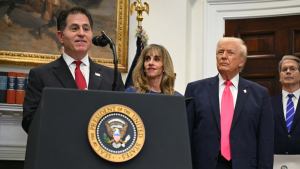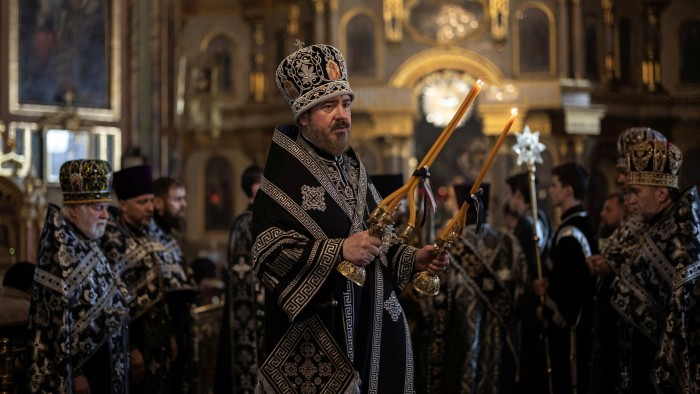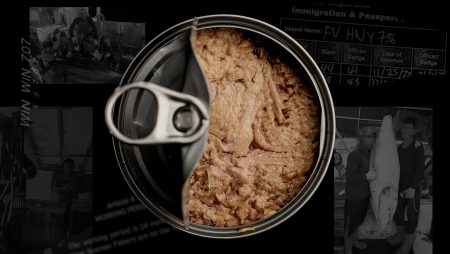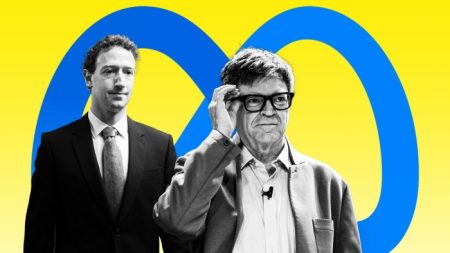Stay informed with free updates
Simply sign up to the War in Ukraine myFT Digest — delivered directly to your inbox.
Ukraine’s President Volodymyr Zelenskyy said on Sunday that Russian attacks had continued after Vladimir Putin ordered his army to suspend combat operations in Ukraine over the Easter holiday.
Putin declared a unilateral 30-hour “Easter ceasefire” for “humanitarian reasons” on Saturday in a meeting with Valery Gerasimov, his top military officer, according to footage published by the Kremlin. The truce took place at 6pm Moscow time on Saturday and was due to end at midnight on Sunday.
On Sunday Zelenskyy said Ukraine’s military had reported continued Russian attacks along parts of the front line including combat engagements and drone strikes.
From 6pm until midnight there had been 387 cases of shelling and 19 assaults by Russian forces, while drones were used 290 times, Ukraine’s president said in a post on X, citing a report from Oleksandr Syrsky, the commander-in-chief of Ukraine’s armed forces.
“Overall, as of Easter morning, we can state that the Russian army is attempting to create the general impression of a ceasefire, while in some areas still continuing isolated attempts to advance and inflict losses on Ukraine,” Zelenskyy said.
Putin’s declaration of a halt came a day after US President Donald Trump threatened to end peacemaking efforts in Ukraine if quick progress was not made, was the second time Putin has declared a full suspension of hostilities since ordering the invasion of Ukraine three years ago.
Putin announced a similar truce to mark the Orthodox Christmas in January 2023, which Ukraine claimed was a ploy to stop its advances against Russian forces.
While Kyiv has agreed to Trump’s proposal of a 30-day ceasefire, Putin has refused to back away from his maximalist demands for ending the war.
Zelenskyy said Ukraine’s proposal to implement and extend the ceasefire for 30 days after midnight tonight remained on the table.
He said Ukraine “will act in accordance with the actual situation on the ground”.
Ukraine’s troops “are responding as the enemy deserves, based on the specific combat situation. Ukraine will continue to act symmetrically”, Zelenskyy wrote.
Both sides have accused each other of repeatedly violating a moratorium on energy strikes brokered by the US in March. Russia also said it would not sign up to a similar agreement on maritime security in the Black Sea unless a number of western sanctions were repealed.
Putin said Russia expected Ukraine to “follow our example” but told Gerasimov he wanted his forces to be “prepared to repel any ceasefire violations, provocations and aggressive actions by the enemy”.
He thanked Trump, Chinese leader Xi Jinping and Brics nations for their efforts to find a settlement to the war in Ukraine and said the ceasefire would show whether Kyiv was serious about “participating in peace negotiations aimed at resolving the initial reasons for the Ukrainian crisis”.
Putin’s stated conditions for ending the war include Ukraine surrendering four partially occupied southeastern regions to Russia and, in effect, ceasing to exist as an independent state.
Russia has also demanded that Nato roll back almost all of its deployments east of the Berlin Wall as part of a deal, which would rewrite the post-Cold War security order.
Shortly before Putin’s ceasefire announcement, Russia and Ukraine carried out one of the largest exchanges of prisoners of war since the start of Moscow’s all-out invasion in February 2022. Zelenskyy said that 277 Ukrainian troops had been returned following a deal brokered by the United Arab Emirates.
He added that 4,552 Ukrainian soldiers had been freed from Russian captivity since the start of the invasion.
Read the full article here













